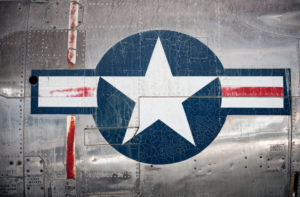
As the Biden administration and the Pentagon discuss the formulation of a new National Defense Strategy and a revision of the Joint Warfighting Concept, the U.S. Air Force is preparing for a re-imagination of air superiority and the conduct of warfare in the coming decades. "I know of no concept of the United States joint force where there is not some degree of air superiority required," Air Force Lt Gen. Clinton Hinote, the service's deputy chief of staff for strategy,…














